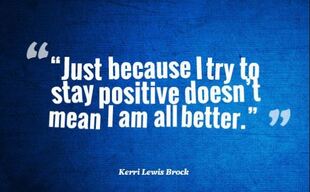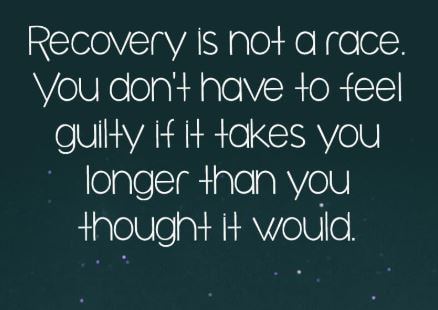Consider this scenario: a worker is away from work due to a fairly significant physical injury and too disabled (temporarily) for them to be at work participating in transitional work (for an explanation of this see my article from July 31, 2019). Due to their symptoms – primarily pain but maybe tingling or numbness, they are irritable, not sleeping well, and craving all sorts of “comfort foods”. They are perhaps not able to drive, possibly due to the actual injury, diminished cognitive function, or impairing medications. Maybe they are in a cast and not able to enjoy a relaxing bath or shower independently. What if the bedroom is up some stairs that they cannot navigate easily, thus your living room is now the injured party’s bedroom?
Being away from work is the least of your worries, because at least a portion of your paycheque continues through disability or workers’ compensation insurance. Your full time job has become speaking with insurance representatives and going to medical appointments, most likely driven by your spouse, child, family member or neighbour because you cannot get yourself there independently.
From the outside, it seems obvious what you are dealing with – a physical injury that is causing pain and everyone can see it. There is a known recovery period and you have regular medical assessments to ensure you are progressing as anticipated.
From the outside, it seems obvious what you are dealing with – a physical injury that is causing pain and everyone can see it. There is a known recovery period and you have regular medical assessments to ensure you are progressing as anticipated.
| Injuries more often than not start as a physical concern. It is important to remember that a physical injury with all its collateral damage to work, schedules, relationships and general life can very easily become a mental health issue. This might not necessarily be diagnosed as clinical depression, but in my view, is situational depression. |
The situation is the problem and while most recover fully physically and mentally, it can take some time and resources. So, check in with your injured folks. Listen to what they say and how they say it. Be caring and compassionate and inquire about the whole person, not just the part that is obviously damaged. That invisible side of a physical injury can be a barrier to a successful recovery and return to work.



 RSS Feed
RSS Feed